Cannabis-Derived Terpenes vs Regular: What's Actually Different?

Quick Answer: Cannabis-derived terpenes differ from regular botanical terpenes in complexity, stability, and authenticity. While botanicals are cheaper and widely available, cannabis-derived terpenes capture the full range of compounds that create true strain flavor and effects. Your choice depends on budget, taste preference, and access.
You’re staring at two nearly identical products. One promises “cannabis-derived terpenes” with a price tag to match. The other leans on “botanical terpenes” and costs a lot less. So which one belongs in your cart? Is that premium label backed by real differences, or just clever marketing designed to make you second-guess the cheaper option?
Key Takeaways
-
Cannabis-derived terpenes contain over 150 compounds, with strain profiles featuring 20-30 dominant terpenes.
-
Terpene concentration in cannabis ranges from 1-3% of flower weight, significantly higher than most plants.
-
Extraction of CDTs yields only 0.5-2%, making production costly compared to BDTs at $5-15/ml.
-
Cannabis-derived terpenes deliver better temperature stability and flavor authenticity under vaping conditions.
-
The entourage effect shows cannabis compounds work together, boosting THC absorption and overall effects.
-
Hybrid approaches mix 20-30% CDTs with BDTs to balance cost and flavor authenticity.
-
Shop Mellow Fellow live resin vapes and terp sauce vapes to experience authentic CDT profiles with full flavor and effect.
The Chemistry Behind Your High
That distinctive aroma and flavor you notice when trying different cannabis strains doesn’t come from cannabinoids. THC and CBD themselves are both odorless and flavorless. The real source is terpenes - aromatic compounds that plants produce for protection and survival.
According to a review article, cannabis produces over 150 different terpenes. Each strain carries its own unique mix, typically featuring 20 to 30 dominant terpenes that create the layered aroma and effect profile you recognize. To put that into perspective, lavender essential oil usually contains only three to five main terpenes.
Concentration is another key factor. Cannabis flowers often contain terpenes at levels between 1-3% of their dry weight, and even small amounts can strongly influence effects.
Myrcene, one of the most abundant terpenes, can make up 0.5-2% of the flower’s weight and plays a role in whether you experience more sedating or energizing effects. On top of that, terpenes interact with cannabinoids in ways that researchers describe as the entourage effect, shaping how the overall experience feels.
Cannabis-Derived Terpenes: The Premium Option Nobody Explains Properly
Cannabis derived terpenes (CDTs) are exactly what the name suggests: terpenes extracted directly from cannabis plants. What sets them apart is not just the source but the cost and complexity of the extraction process.
How Cannabis Terpenes Are Extracted
Processors typically use steam distillation, CO₂ extraction, or hydrocarbon extraction. While each method has technical advantages, they all face the same challenge: cannabis yields very little terpene oil compared to the amount of biomass required.
Yields usually range from 0.5 to 2% by weight, which means large volumes of premium flower are needed to produce even a small amount of terpenes. This inefficiency is a major reason CDTs are more expensive than botanical alternatives.
Our Live Resin Disposables preserve these complete terpene profiles by flash-freezing fresh cannabis immediately after harvest, capturing compounds that would normally degrade during drying and curing.
Why CDTs Are Unique
The value of CDTs goes beyond common terpenes like limonene or pinene, which can be sourced from fruits or trees. What makes them distinct are the rare and trace compounds cannabis produces in meaningful amounts, such as certain sesquiterpenes, esters, and flavonoids like cannaflavin A and B.
These minor components contribute to both flavor complexity and the way the terpenes interact with cannabinoids. Products like live resin disposables preserve these compounds by flash freezing cannabis immediately after harvest, capturing a more complete profile than traditional curing allows.
For a better understanding of cannabis terpenes and their effects, check out our complete terpene guide.
The Complexity in Lab Tests
Lab analysis highlights just how complex CDTs can be. A single profile often contains 40 to 60 identifiable compounds, with another 40 or more trace compounds that are harder to quantify but still shape aroma and effects.
The result is a layered experience that cannot be replicated by simply mixing botanical terpenes. That familiar berry vanilla note in a Blue Dream vape, paired with its balanced cerebral and relaxing effects, comes from dozens of compounds working in harmony, a natural chemistry that took the cannabis plant millions of years to refine.
Botanical Terpenes: The Affordable Alternative That's Not Quite The Same
Botanical derived terpenes (BDTs) come from plants other than cannabis. The limonene in your cart may come from orange peels, the pinene from pine needles, and the linalool from lavender. On a molecular level, limonene is still limonene no matter the source. The difference lies in what accompanies it.
Why Botanical Terpenes Differ
When terpene companies recreate a strain like Sour Diesel using botanical sources, they typically work with five to ten dominant terpenes. On the other hand, the actual Sour Diesel plant contains over 100 compounds interacting together.
The missing trace compounds, flavonoids, and esters contribute to the nuanced flavor and effects that BDTs cannot fully replicate. The result is similar to recreating a symphony with only violins, pianos, and drums - recognizable, but not nearly as layered.
How Botanical Terpenes Are Produced
Production is far more efficient compared to cannabis derived terpenes. Companies extract terpenes from abundant agricultural byproducts, such as citrus waste, at an industrial scale. These isolated terpenes are then blended according to analyzed strain profiles, with ratios adjusted to mimic popular cannabis varieties. This scalability keeps production costs low and consistent.
Cost is where BDTs stand out. While cannabis derived terpenes often sell for $50 to $100 per milliliter at wholesale, BDTs usually range from $5 to $15 per milliliter. For consumers watching their budget, or for brands focused on affordability, botanical terpenes provide a practical option. They add recognizable flavor and partial effect profiles without the steep price tag. Many vape lines use carefully designed botanical blends to capture the essence of classic strains while keeping products accessible. Brands interested in premium formulations can source from wholesale cannabis-derived terpene suppliers that focus on compliant hemp-derived essential oils, though the higher cost reflects the more complex extraction process and lower yields from fresh-frozen cannabis.
Price and Accessibility
Cost is where BDTs stand out. While cannabis derived terpenes often sell for $50 to $100 per milliliter at wholesale, BDTs usually range from $5 to $15 per milliliter.
For consumers watching their budget, or for brands focused on affordability, botanical terpenes provide a practical option. They add recognizable flavor and partial effect profiles without the steep price tag. Many vape lines use carefully designed botanical blends to capture the essence of classic strains while keeping products accessible.
The Taste Test: Why Your Tongue Knows The Difference
Ever taken a puff from a cart and thought, “this tastes fake”? You are not imagining it. Experienced cannabis users can often tell the difference between products made with cannabis derived terpenes (CDTs) and those with botanical derived terpenes (BDTs), even when the main terpene ratios look identical on paper. Once you know what to look for, the differences become clear.
The Role of Minor Compounds
The distinction largely comes from trace compounds that cannabis produces in unique ways. Aldehydes, esters, and thiols occur in tiny amounts yet play an outsized role in flavor.
These compounds are often absent from botanical blends because they are difficult to isolate and may not appear in a standard terpene analysis. Still, your taste buds and sense of smell register their absence immediately.
Temperature Stability and Flavor
Another difference comes from how each source behaves under heat. CDTs, shaped by the cannabis plant, tend to vaporize more consistently across typical dabbing and vaping ranges of 315 to 440°F.
Botanical terpenes, extracted from unrelated plants, sometimes degrade differently at these temperatures, which can create harshness or an artificial sweetness that seasoned users recognize.
Why It Matters for Quality
This stability is why premium products often rely on CDTs. Our Dream Blend collection, for example, uses cannabis derived terpenes to preserve authentic flavor throughout the full temperature range. In the Granddaddy Purp profile, grape and berry notes remain consistent, while botanical versions often drift toward a cloying, synthetic taste when heated.
Effects Beyond Flavor

The entourage effect is not just a marketing phrase. It is supported by research showing that cannabis compounds work together in ways that cannot be replicated by isolated components alone. A 2024 review published in Pharmaceuticals emphasized that cannabinoids, terpenes, and other plant compounds act synergistically to shape both effects and absorption.
How Compounds Interact
Take myrcene as an example. At concentrations above 0.5%, it is associated with sedative effects.
Yet myrcene alone does not explain the heavy relaxation linked with indica strains. In cultivars such as OG Kush, myrcene works in combination with linalool, terpinolene, and minor cannabinoids like CBN to create that full body calm.
On the other hand, botanical myrcene added to distillate might make you somewhat drowsy, but it lacks the layered effect of a complete cannabis profile.
Bioavailability and Absorption
Research also suggests that cannabis derived terpenes may improve the bioavailability of THC compared to botanical versions. Evidence indicates that a wider range of cannabis compounds helps cannabinoids cross the blood brain barrier more efficiently. This interaction may explain why full spectrum products often feel stronger or more consistent than those relying on botanically sourced blends.
Real World Differences
These differences translate into noticeable effects during use. Our Motivation Blend, for example, combines terpenes such as 2.3% terpinolene, 1.8% ocimene, and 1.2% limonene sourced from sativa dominant strains. Users consistently report clear headed energy that lasts three to four hours. When the same ratios were tested using botanical terpenes, the result was weaker and shorter lived, with energy tapering off after about two hours.
Strain-Specific Profiles (And Why They're So Hard to Fake)
Creating a strain profile with botanical terpenes is like trying to paint the Mona Lisa using only primary colors. From a distance, it may look convincing, but up close the missing details become obvious.
The Role of Signature Compounds
Each cannabis strain carries 15 to 20 signature compounds that stay consistent across different grows. These signatures go beyond dominant terpenes to include precise ratios of sesquiterpenes, monoterpenes, and non terpene aromatics unique to cannabis. Together, they create the fingerprint that defines a strain’s flavor and effect.
Case Study: Blue Dream
Blue Dream is one of the most common strains used for replication. Its authentic cannabis derived terpene profile typically contains around 28% myrcene, 21% pinene, and 17% caryophyllene, along with about 34% additional compounds.
These include trace amounts of guaiol, bisabolol, and various terpene oxides that contribute subtle but important notes.
Botanical recreations usually capture the three dominant terpenes but substitute the rest with generic flavorings. The result is a product that leans toward artificial blueberry candy rather than the nuanced berry, pine, and herbal complexity that defines true Blue Dream.
If you want to learn more into how to read terpene profiles, check out our guide to reading terpene charts.
Best Terpene-Rich Vapes from Mellow Fellow
Mellow Fellow packs its terp sauce vapes with cannabis terpenes for bold, authentic flavors and well-rounded effects. Here are some standout picks that balance taste, performance, and unique strain-inspired profiles.
Adventure Blend - Blue Garlic (Sativa)
Adventure Blend brings a lively mix of energy and relaxation with its Blue Garlic terp sauce profile. Sweet blueberry notes greet you first, followed by savory garlic undertones for a flavor twist you will not forget. Perfect for daytime use, it boosts excitement and focus while still keeping the experience balanced.
Laughter Blend - Gas OG (Hybrid)
Laughter Blend is crafted for carefree fun. With Gas OG at its core, this hybrid pairs earthy fuel flavors with light citrus notes. The effects hit quickly, lifting your mood and melting stress into a giggly, relaxed state. It is ideal for social settings, giving you a lighthearted buzz that keeps conversations flowing.
Charged Blend - Sunset Octane (Sativa)
Charged Blend is designed for those times you need a boost of energy that shifts into mellow relaxation. Sunset Octane offers spicy, tangy, and slightly sweet flavors that spark creativity and focus at first. As it settles, the high becomes smoother and calmer, making it a versatile option for both productivity and unwinding.
Related Products
Production Methods: From Plant to Product
The way terpenes are extracted differs significantly between cannabis derived terpenes (CDTs) and botanical derived terpenes (BDTs). These production methods influence both cost and quality, creating a noticeable divide between the two.
Cannabis Derived Terpene Production
Fresh frozen extraction is considered the gold standard for CDT production. Plants are harvested at peak terpene output, often in the early morning, and immediately flash frozen to -80°F.
This step preserves volatile monoterpenes that would normally evaporate during drying and curing. The frozen biomass then undergoes subcritical CO₂ or light hydrocarbon extraction at low temperatures, which helps retain the full terpene fraction.
The equipment required for this process is expensive and highly specialized, often costing between $500,000 and $2,000,000. Trained technicians are needed to operate and maintain it. Even with these investments, yields are relatively low at about 0.5-2% terpenes by weight from premium flower, making CDTs resource intensive and costly to produce.
Botanical Terpene Production
Botanical terpene extraction operates on a much larger industrial scale. Citrus waste from juice production is distilled to capture limonene at around 90% purity. Pine byproducts are processed into pinene, while lavender farms supply linalool. These isolated compounds are further refined to 95-99% purity before being blended into strain profiles.
Setting up a botanical terpene lab is far more affordable, often under $50,000, and can be managed with general chemistry expertise. Raw materials are inexpensive as well, costing only a few dollars per kilogram compared to the hundreds of dollars per pound for cannabis biomass. This efficiency explains why BDTs are typically 10 to 20 times cheaper than CDTs.
Legal Implications Nobody Talks About
Regulations treat cannabis derived terpenes (CDTs) and botanical derived terpenes (BDTs) very differently, even though both are non intoxicating.
In most states, BDTs are classified as food grade flavoring agents, similar to the artificial strawberry flavoring in yogurt. CDTs, despite containing no THC or other controlled substances, often fall under cannabis specific regulations simply because of their origin.
Regulatory Quirks and Market Impact
This difference creates unusual market dynamics. Products with identical cannabinoid content may face restrictions based solely on the terpene source. Some states permit hemp products infused with botanical terpenes but prohibit the same products when formulated with cannabis derived terpenes.
What This Means for Consumers
For consumers, the result is uneven access across state lines. A vape cart formulated with botanical terpenes may be available for shipment, while an otherwise identical product containing CDTs is restricted.
For example, our live resin products that use authentic CDT profiles cannot ship to certain states, while the same strain profiles made with botanical terpenes are accepted. The inconsistency is regulatory rather than scientific, yet it directly affects which products you can buy.
Making The Choice: When Each Option Makes Sense
After all this science and regulation talk, what should you actually buy? Real talk: it depends on what you're after.
Cannabis-Derived vs Botanical: Quick Comparison
| Factor | Cannabis-Derived | Botanical |
|---|---|---|
| Compounds | 100+ | 5-10 |
| Cost | $50-100/ml | $5-15/ml |
| Source | Cannabis only | Various plants |
| Entourage Effect | Full | Limited |
| Availability | Restricted | Widespread |
| Temperature Stability | Optimized | Variable |
| Taste Authenticity | High | Moderate |
Choose Cannabis-Derived Terpenes When
-
You want the authentic strain experience you remember
-
Effects matter more than price
-
You're sensitive to artificial flavors
-
You're using products medicinally and need consistent results
-
You can taste the difference and it bothers you
Our Live Resin collection specifically targets users who prioritize authentic effects. The 2ml Euphoria Blend with Green Crack CDTs delivers that signature energetic euphoria with mango-citrus notes that botanical versions just can't replicate.
Yes, it costs more, but users report needing 30% less product for the same effects. If you're curious about what makes terp sauce special, check out our complete guide to terp sauce.
Choose Botanical Terpenes When
-
Budget is your primary concern
-
You're new to cannabis and don't have strain preferences yet
-
You prefer consistent flavor over authentic strain profiles
-
You're in a location where CDTs aren't available
-
You use products occasionally rather than daily
The Industry Secret: Hybrid Approaches
Many products labeled as cannabis derived actually use hybrid methods. Brands may include 20-30% cannabis derived terpenes (CDTs) to provide authenticity, then supplement with botanical terpenes to reduce cost. This practice is similar to adding real vanilla alongside artificial vanilla flavoring - it improves taste without making the product prohibitively expensive.
Transparency and Testing
The challenge is that consumers cannot confirm these blends without third party testing. For this reason, we publish full terpene analyses for our live resin products, making it clear exactly which compounds are present and in what ratios. This level of transparency helps buyers understand what they are paying for and avoid misleading labels.
Cannabis Identical Botanical Blends
Some companies are also experimenting with cannabis identical botanical blends. Using advanced analytics, they identify and source rare botanical terpenes that mimic cannabis profiles more closely than standard BDTs.
These blends are more costly than traditional botanical formulations but still less expensive than pure CDTs, creating a middle ground that balances authenticity and affordability.
Want to learn more about advanced extraction methods? Read our comparison of terp sauce vs live resin.
What This Means for Your Shopping Decisions
Knowing the source of terpenes makes it easier to cut through marketing claims and choose products wisely. Labels using “natural terpenes” almost always refer to botanicals. “Cannabis terpenes” should indicate cannabis derived terpenes (CDTs), but confirmation through lab testing is the only way to be sure.
The term “strain specific terpenes” can apply to either source, so it requires extra scrutiny.
Using Price as a Clue
Price often signals authenticity. A “Live Resin” cart priced at $20 is unlikely to contain true CDTs, since raw materials alone would cost more than that. Genuine CDT products typically retail for $40-50 or higher for a half gram cart, reflecting the labor intensive extraction and limited yields involved in their production.
Check out our guide on understanding terpene profiles for a deeper dive into how specific terpenes affect your experience, regardless of source. We also have resources on finding strains with specific terpenes if you're hunting for particular effects.
The Bottom Line on Terpene Sources
Cannabis-derived terpenes and botanical terpenes may look similar on labels, but the differences run deep. Cannabis-derived terpenes contain hundreds of compounds that create authentic flavors, stronger effects, and better heat stability, though they are costly and less accessible.
Botanical terpenes are affordable, scalable, and legal in more places, but lack the layered nuance of real cannabis profiles.
Hybrid blends sit in the middle, offering partial authenticity at a lower price. For consumers, it comes down to priorities: if you want the most authentic strain experience, cannabis-derived terpenes are worth it. If affordability and access matter more, botanical options provide a practical solution.
Ready to taste the difference yourself? Browse our Live Resin collection for authentic CDT experiences, or check out our standard vape line for quality botanical options.
Frequently Asked Questions
Are Cannabis-Derived Terpenes Stronger Than Botanical Terpenes?
Cannabis-derived terpenes are not stronger in the sense of potency but offer more complex effects. Their unique trace compounds and interaction with cannabinoids make the high feel fuller and more authentic compared to botanical recreations.
Why Do Cannabis-Derived Terpenes Cost More?
The extraction process is resource intensive. Yields are low, often 0.5-2% of the flower’s weight, and specialized equipment can cost millions. This makes raw CDT material significantly more expensive than botanical alternatives sourced from common plants.
Can You Tell the Difference by Taste Alone?
Experienced users often can. Botanical blends may taste sweeter or artificial when heated, while cannabis-derived terpenes maintain consistent strain flavor. Compounds like aldehydes and thiols are subtle but play a big role in authenticity.
Do Hybrid Blends Work as Well as Pure Cannabis-Derived Terpenes?
Hybrid blends mix cannabis-derived and botanical terpenes to balance cost and authenticity. While they capture some of the complexity, they rarely match the full profile of pure CDTs. Still, they offer a middle-ground option with decent effects and flavor.
Are Cannabis-Derived Terpenes Legal Everywhere?
No. Even though they contain no THC, CDTs are often regulated as cannabis products. Some states allow hemp vapes with botanical terpenes but restrict the same products if they include cannabis-derived terpenes, creating inconsistent access.
How Do Terpenes Affect the High Beyond Flavor?
Terpenes influence absorption and interact with cannabinoids. For example, myrcene above 0.5% is linked to sedative effects, but in cannabis it combines with linalool and CBN for deeper relaxation. This synergy, known as the entourage effect, helps explain why cannabis highs feel layered compared to botanical blends.
Sources
Explore Other Articles
View allExplore more
- 11 hydroxy thc
- Blends
- blunt
- burn blend
- cannabinoids
- cartridge
- CBD
- cbg
- CBN
- Charged Blend
- Clarity Blend
- Concentrates
- Connection Blend
- Creativity Blend
- Dabs
- delta
- delta 10
- delta 11
- delta 8
- Delta 8 thc
- delta 9
- delta 9 thc
- Delta-10-THC
- Delta-11-THC
- delta-8
- Delta-8-THC
- Delta-9-THC
- delta9
- Desire Blend
- destination series
- Diamonds
- disposable
- disposable vape
- Dream Blend
- edibles
- elevate blend
- entourage
- entourage effect
- entourage effects
- Euphoria Blend
- focus
- gummies
- H4CBD
- halloween
- hemp
- hemp-derived
- HHC
- HHCp
- HTE
- Indica
- Introvert Blend
- lean
- legal
- Live Resin
- Live Resin cartridges
- m-fusions
- mechoulam
- momentum blend
- Motivation Blend
- preroll
- productivity
- raphael mechoulam
- Recover Blend
- Relief
- sleep
- strain review
- terp sauce
- Terpenes
- Thanksgiving
- thc
- THC Drink
- thc lean
- thc-p
- THCa
- THCb
- THCh
- THCm
- thcp
- THCp edibles
- THCv
- the elevate blend
- The Energy Blend
- The Happy Blend
- The Illuminate blend
- the momentum blend
- The Rest Blend
- Tranquility Blend
- vape
- vape cartridge
- Vapes
- wax
- wellness
- zkittlez


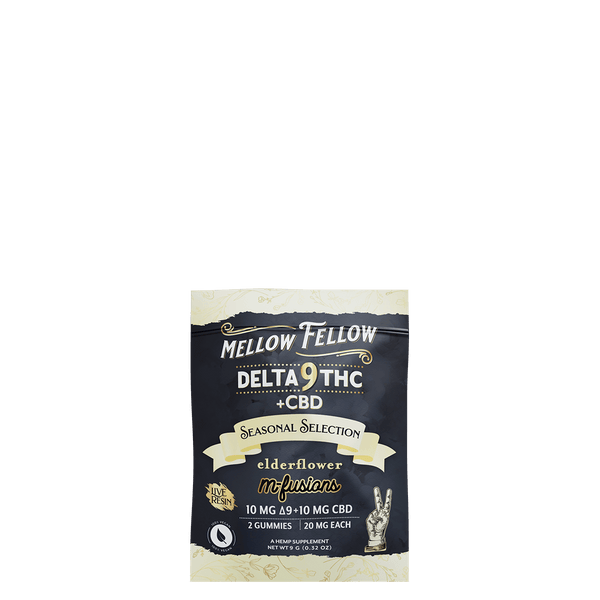
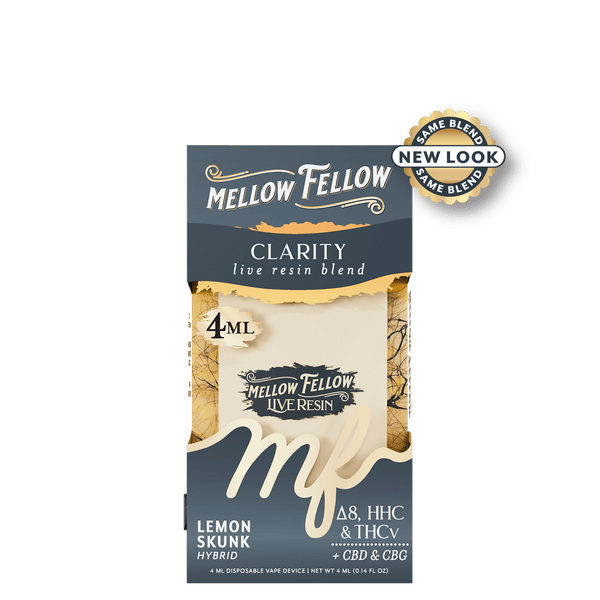
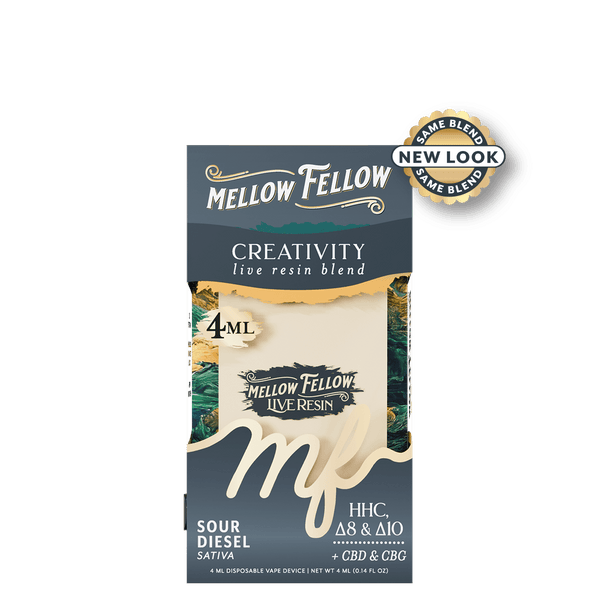
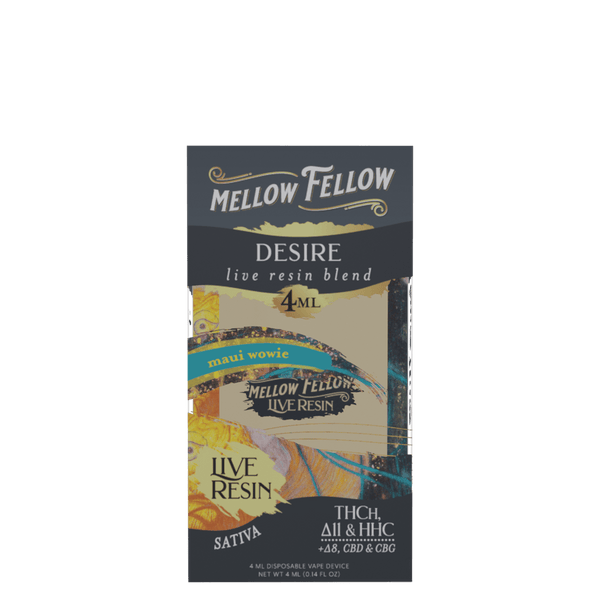
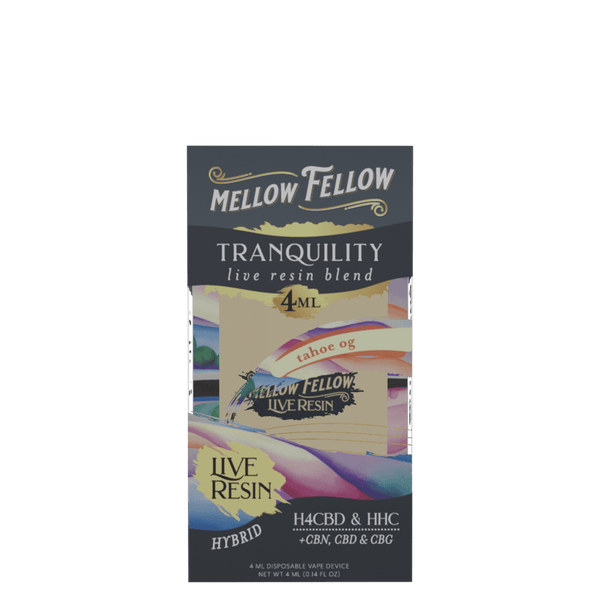
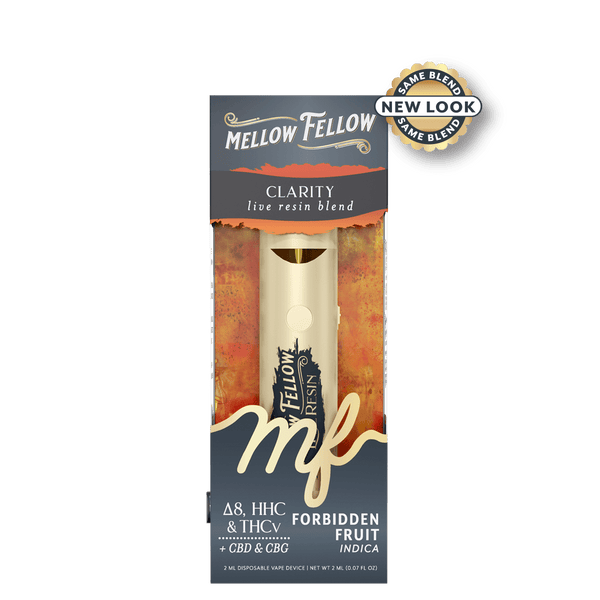










Leave a comment